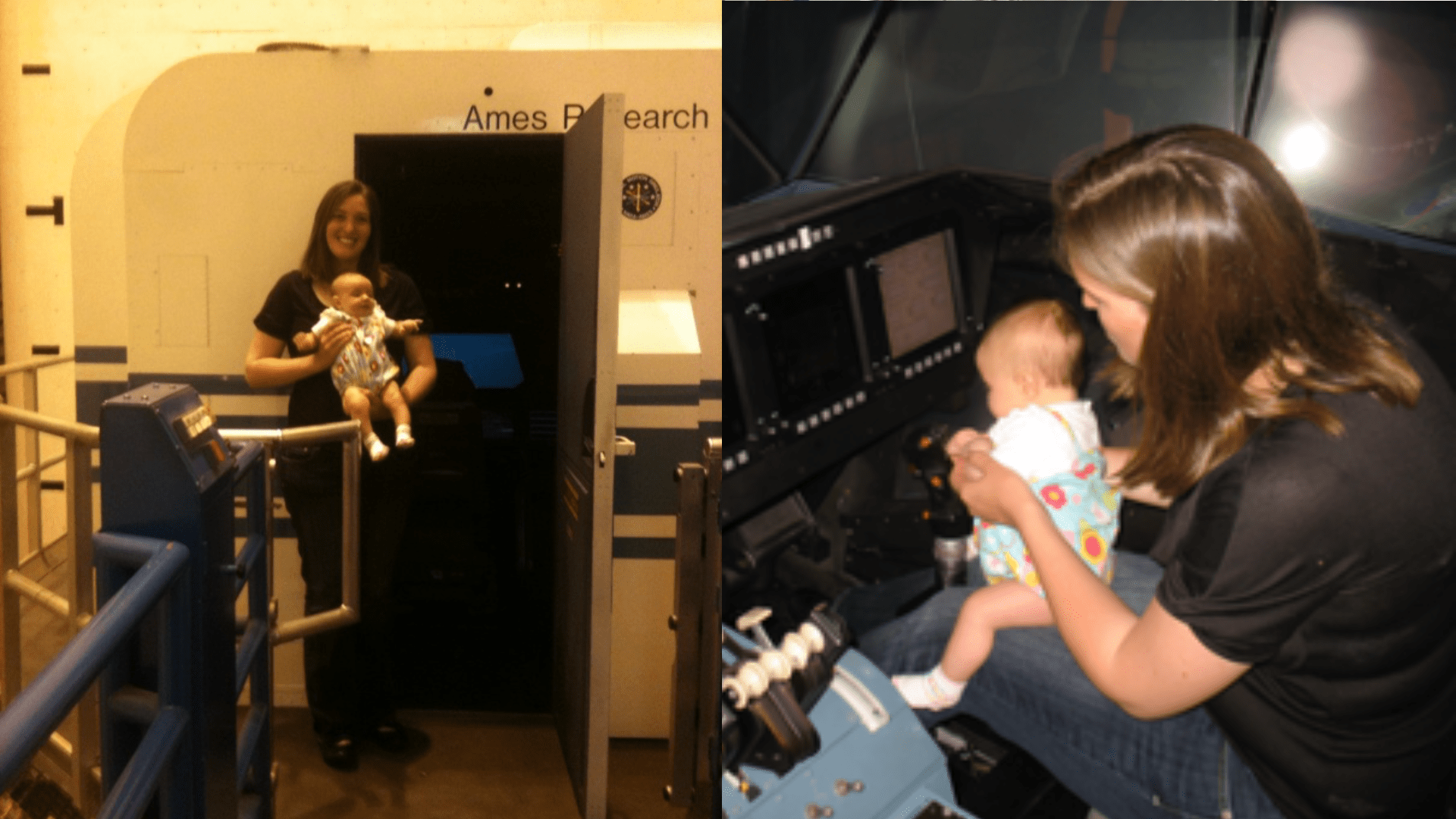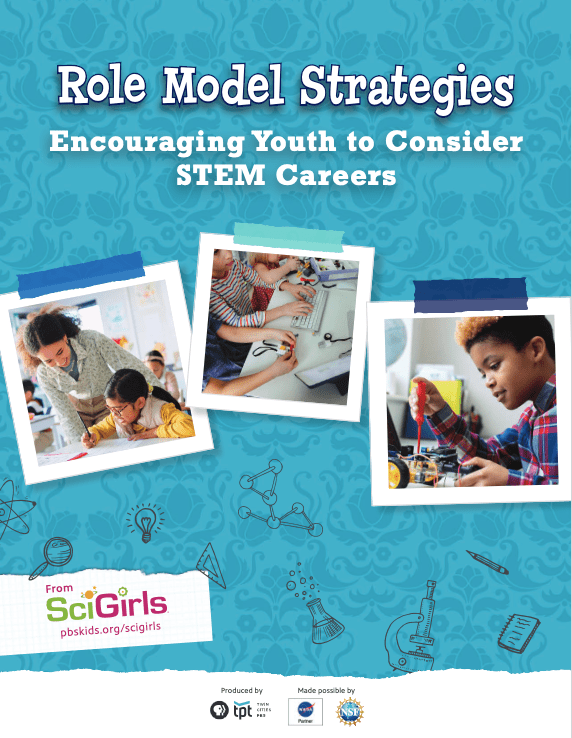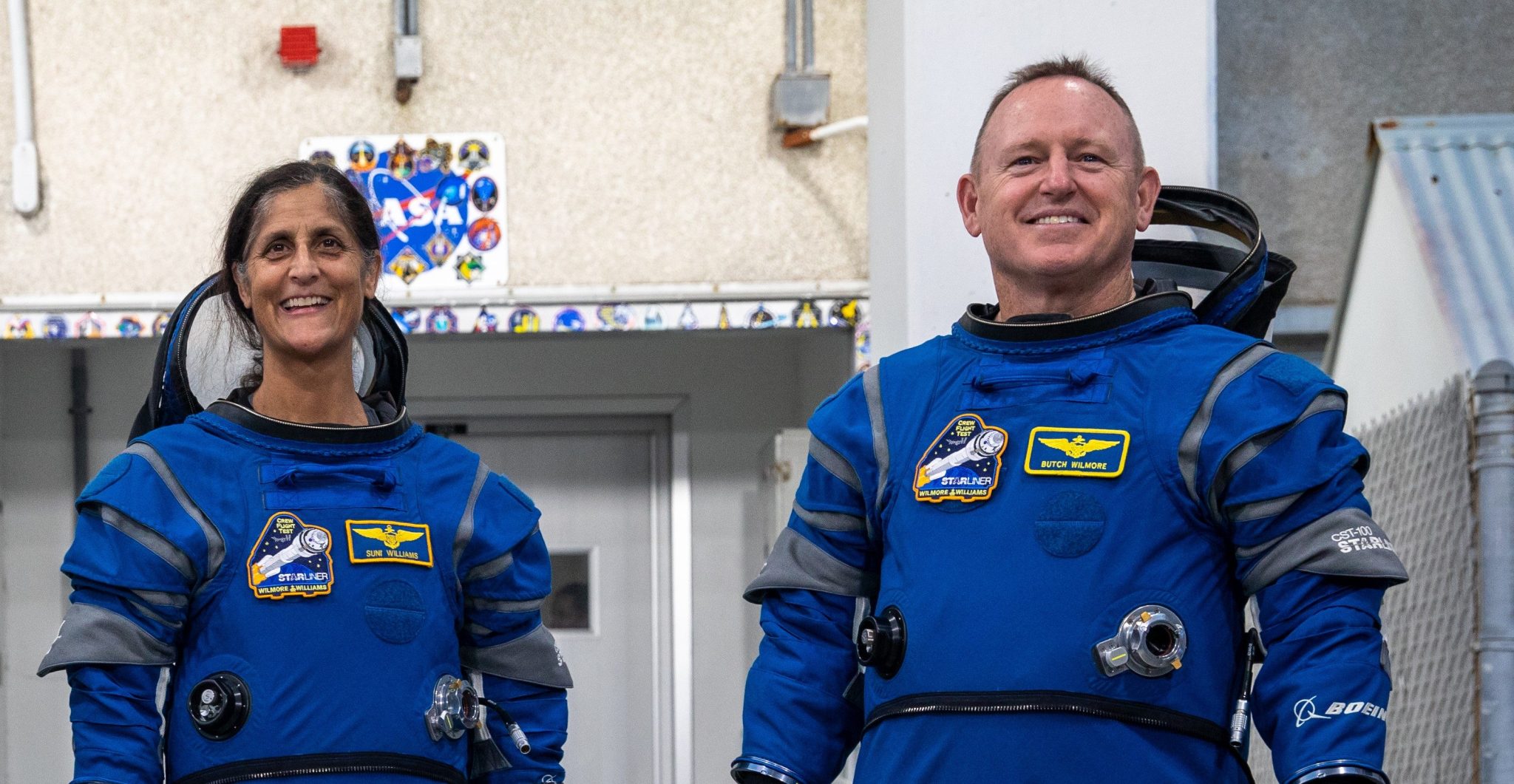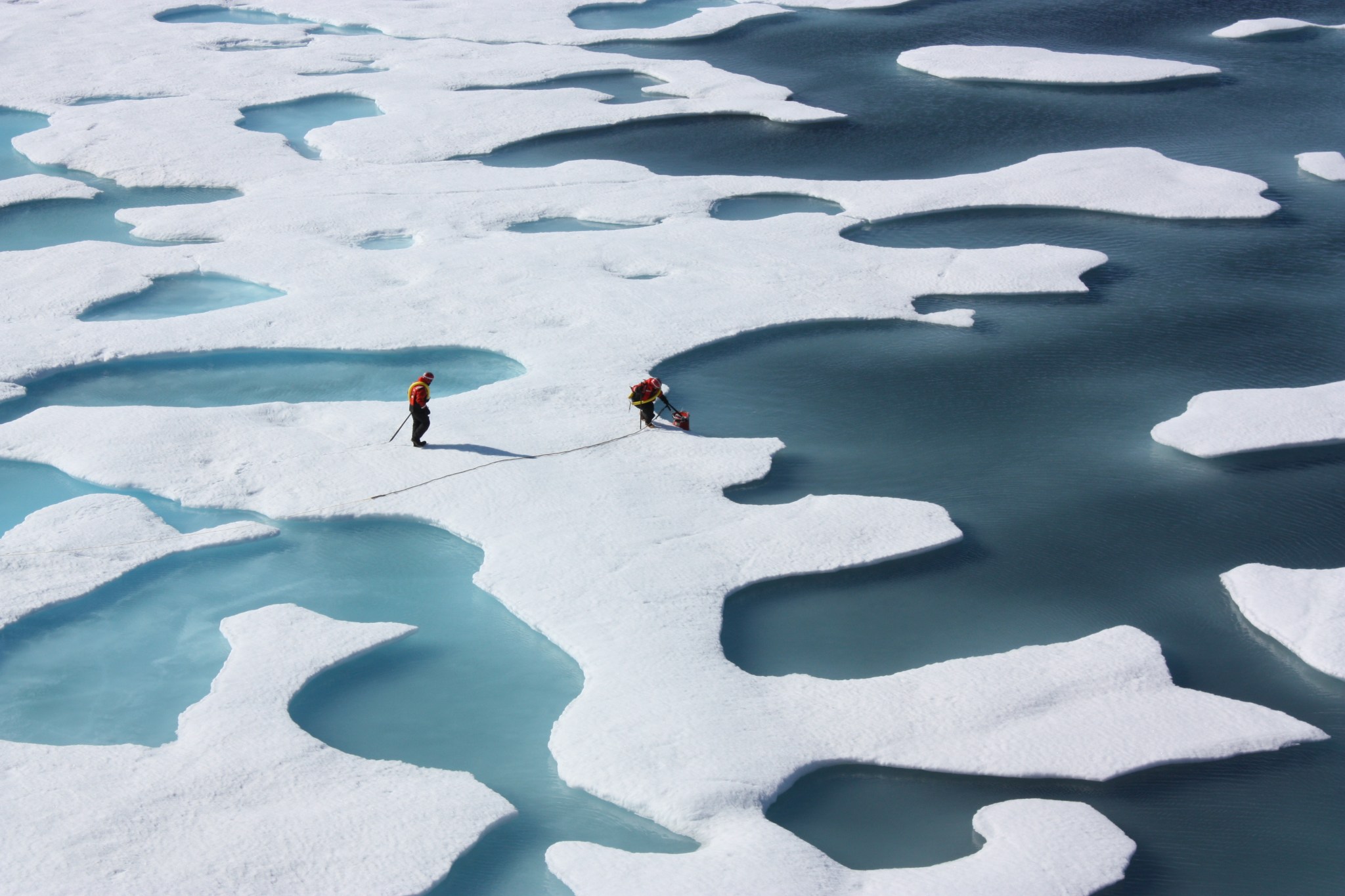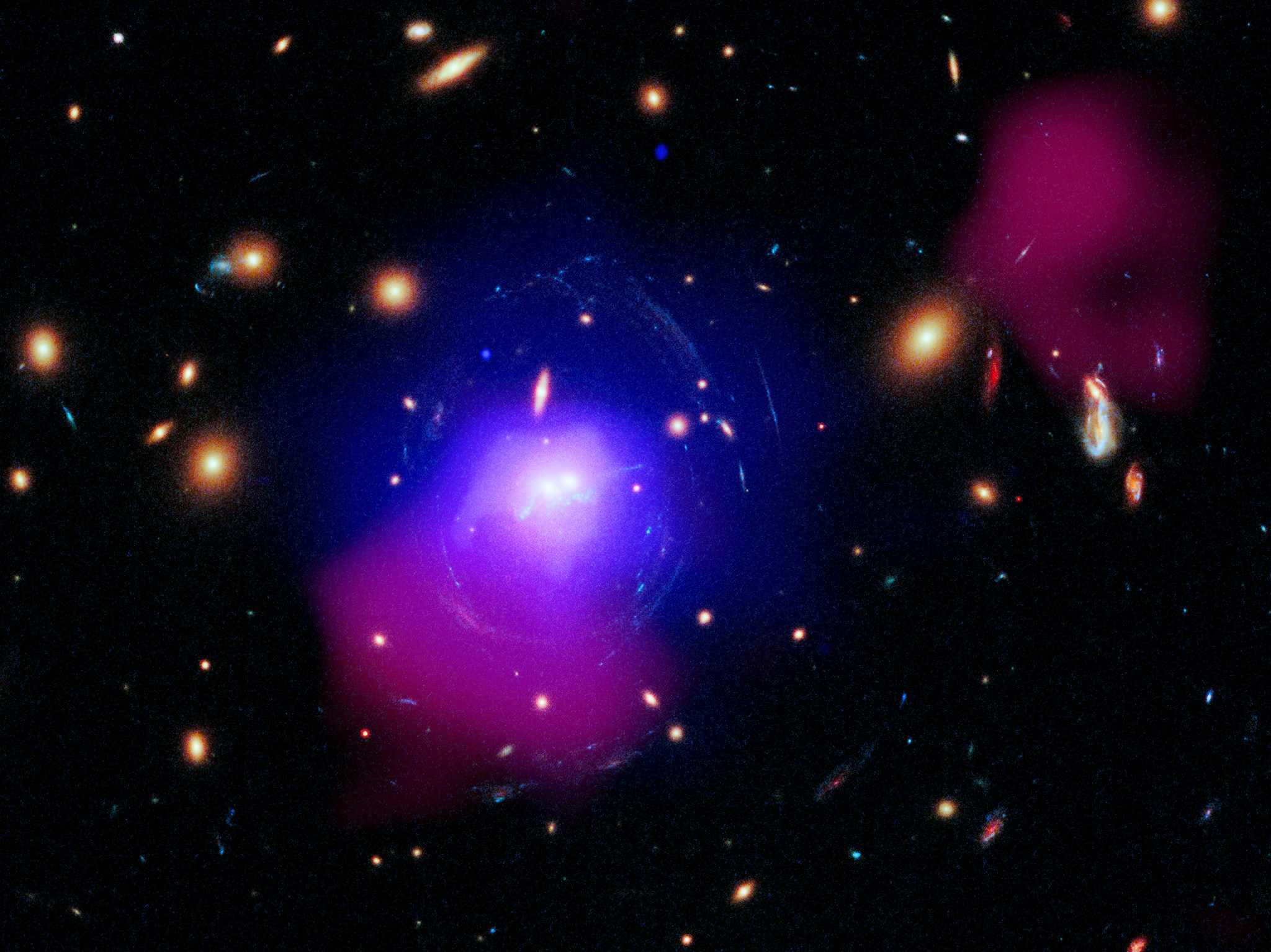NASA/Jasmin Moghbeli While the International Space Station orbited 260 miles above the East China Sea, NASA astronaut Jasmin Moghbeli snapped this photo of Shanghai’s city lights and the Huangpu River flowing through downtown. Shanghai is the most populous city in China with a population of about 24.9 million. The space station serves as a unique platform for observing Earth with both hands-on and automated equipment. Station crew members have produced hundreds of thousands of images, recording phenomena such as storms in real time, observing natural events such as volcanic eruptions…
Read MoreMonth: February 2024
Math, Mentorship, Motherhood: Behind the Scenes with NASA Engineers
Engineering is a huge field with endless applications. From aerospace to ergonomics, engineers play an important role in designing, building, and testing technologies all around us. We asked three engineers at NASA’s Ames Research Center in California’s Silicon Valley to share their experiences, from early challenges they faced in their careers to the day-to-day of being a working engineer. Give us a look behind the curtain – what is it like being an engineer at NASA? In her early days at NASA, Diana Acosta visited her aeronautics research and development…
Read MoreNASA Invites Media to First Astronaut Launch Aboard Boeing’s Starliner
Boeing’s Starliner spacecraft approaches the International Space Station on May 20, 2022. Credit: NASA Editor’s note: This advisory was updated Feb. 22, 2024, to include a target launch date. As part of NASA’s Commercial Crew Program, the agency opened media accreditation for the launch of NASA’s Boeing Crew Flight Test to the International Space Station. The mission will be the company’s first Starliner spacecraft mission with crew. NASA astronauts Butch Wilmore and Suni Williams will launch aboard Starliner on a United Launch Alliance Atlas V rocket and dock at the…
Read MoreEnhancing Engagement: Strategies for STEM Professionals to Encourage Youth to Consider STEM Careers
3 min read Enhancing Engagement: Strategies for STEM Professionals to Encourage Youth to Consider STEM Careers Check out the latest from the NASA Inspires Futures for Tomorrow’s Youth (NIFTY) NASA Science Activation project team! Led by Twin Cities PBS in St. Paul, MN, NIFTY is committed to broadening youth participation in STEM studies by providing opportunities for youth to interact with and learn from NASA STEM professionals. Building on initiatives like the SciGirls television series, online resources, and hands-on activities, NIFTY aims to change how young minds perceive science, technology,…
Read MoreBus-sized European satellite crashes to Earth over Pacific Ocean
A dead European satellite fell back to Earth today, bringing an end to its nearly 30-year life in space. The European Space Agency’s (ESA) European Remote Sensing 2 (ERS-2) satellite reentered Earth’s atmosphere at 12:15 EST (1715 GMT) over the Pacific Ocean. The fall ended a nearly 13-year deorbiting campaign that began with 66 engine burns in July 2011, depleting the spacecraft of remaining fuel. “We have confirmation of the atmospheric reentry of ERS-2 at 17:17 UTC (18:17 CET) +/- 1 minute over the North Pacific Ocean between Alaska and…
Read MoreExperience the Launch of NASA’s Boeing Crew Flight Test Mission
From left, NASA astronauts Suni Williams and Barry “Butch” Wilmore, Boeing Crew Flight Test (CFT) pilot and commander, respectively, exit the Astronaut Crew Quarters at NASA’s Kennedy Space Center in Florida during a crew validation test on Oct. 18, 2022. The astronauts, with assistance from the Boeing team, successfully completed the validation test during which they suited up and tested out the pressurized crew module to ensure seat fit, suit functionality, cabin temperature, audio system, and day of launch operations. NASA/Kim Shiflett Digital content creators are invited to register to…
Read MoreStudying Arctic Ice
NASA/Kathryn Hansen In this image from July 12, 2011, crew from the U.S. Coast Guard Cutter Healy retrieve a supply canister dropped by parachute during the Impacts of Climate on Ecosystems and Chemistry of the Arctic Pacific Environment, or ICESCAPE, mission. ICESCAPE was a multi-year project sponsored by NASA to determine the impact of climate change upon the health of the Arctic Ocean. The bulk of the research took place in the Beaufort and Chukchi seas in summer 2010 and 2011. See more photos from this mission. Image Credit: NASA/Kathryn…
Read MoreScientists create 5 new isotopes to learn how neutron star collisions forge gold
Researchers have synthesized five new isotopes that could help bring the stars down to Earth — and coax scientists a step closer to understanding how collisions between ultra-dense, dead stars could create heavy elements like gold and silver. The isotopes are Thulium-182, thulium-183, ytterbium-186, ytterbium-187 and lutetium-190; this is the first time they’ve been ever been synthesized on Earth. Their creation took place at the Facility for Rare Isotope Beams (FRIB) at Michigan State University (MSU) and represents a step towards building atoms on Earth that are typically only created…
Read MoreIntuitive Machines’ Odysseus lander is aiming for a crater near the moon’s south pole. Here’s why
Intuitive Machines’ Odysseus mission is targeting touch down near the moon’s south pole this week for a historic lunar landing. The Nova-C lunar lander, named Odysseus, was built by the Houston-based company Intuitive Machines and launched to the moon atop a SpaceX Falcon 9 rocket on Feb. 15 from NASA’s Kennedy Space Center in Florida. The mission, known as IM-1, is scheduled to touchdown on the moon on Thursday (Feb. 22), at 5:49 p.m. EST (2249 GMT) in a region near the lunar south pole. If all goes according to…
Read MoreStellar Beads on a String
Galaxy cluster SDSS J1531+3414 X-ray: NASA/CXC/SAO/O. Omoruyi et al.; Optical: NASA/ESA/STScI/G. Tremblay et al.; Radio: ASTRON/LOFAR; Image Processing: NASA/CXC/SAO/N. Wolk Astronomers have discovered one of the most powerful eruptions from a black hole ever recorded in the system known as SDSS J1531+3414 (SDSS J1531 for short). As explained in our press release, this mega-explosion billions of years ago may help explain the formation of a striking pattern of star clusters around two massive galaxies, resembling “beads on a string.” SDSS J1531 is a massive galaxy cluster containing hundreds of individual galaxies and huge reservoirs of hot gas and dark…
Read More
